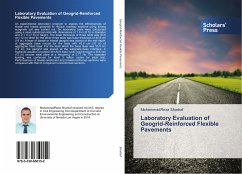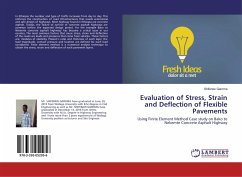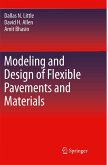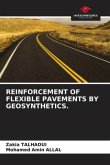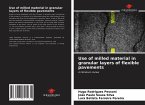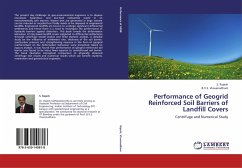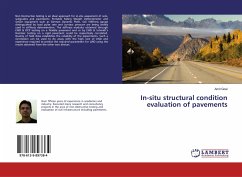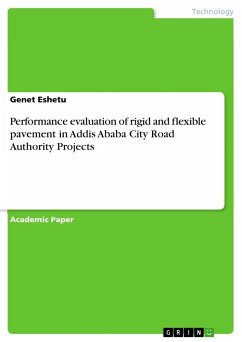An experimental laboratory program to assess the effectiveness of biaxial and triaxial geogrids to reduce roadway sections using strong subgrade soil was carried out. Six laboratory tests were conducted using a steel cylindrical mold with dimensions of 1.8 m (6 ft) in diameter and 2.1 m (7 ft) in height. The base thickness of three tests was 30.5 cm (12 in) while for the other three tests was base thickness of 40.6 cm (16 in). A layer of biaxial or triaxial geogrid was placed at the mid-depth of aggregate base course for the tests with 40.6 cm (16 in) of aggregate base layer. For the tests which the base layer was 30.5 cm (12 in), the geogrid was placed at the subgrade-base interface. A hydraulic actuator provided 40 kN (9 kips) cyclic load through a 305 mm (12 in) circular steel plate at a frequency of 0.77 Hz. The repeated loading was continued for least 3 million cycles for each test. Performances of biaxial-reinforced and triaxial-reinforced sections were compared with that of companion unreinforced sections.
Bitte wählen Sie Ihr Anliegen aus.
Rechnungen
Retourenschein anfordern
Bestellstatus
Storno

